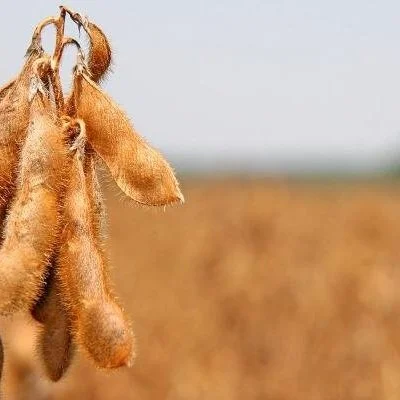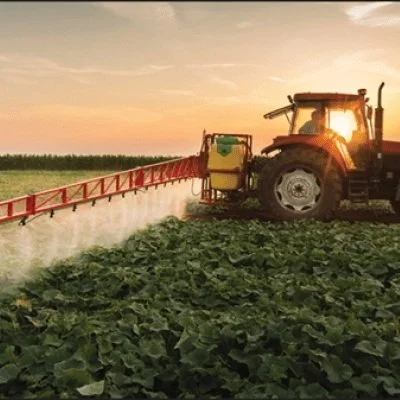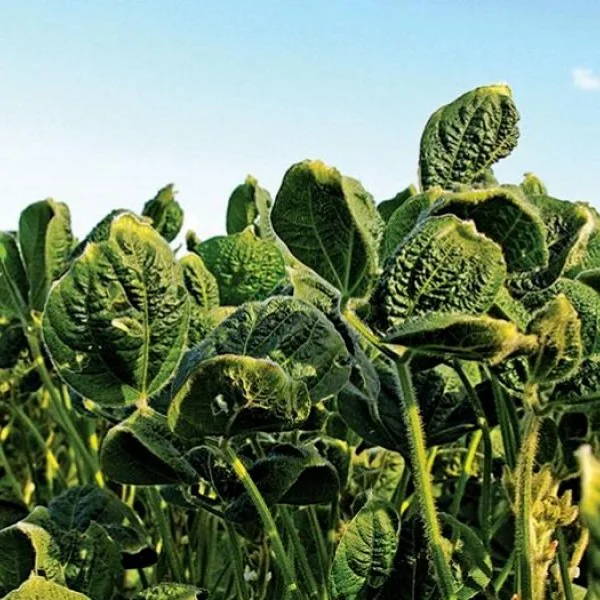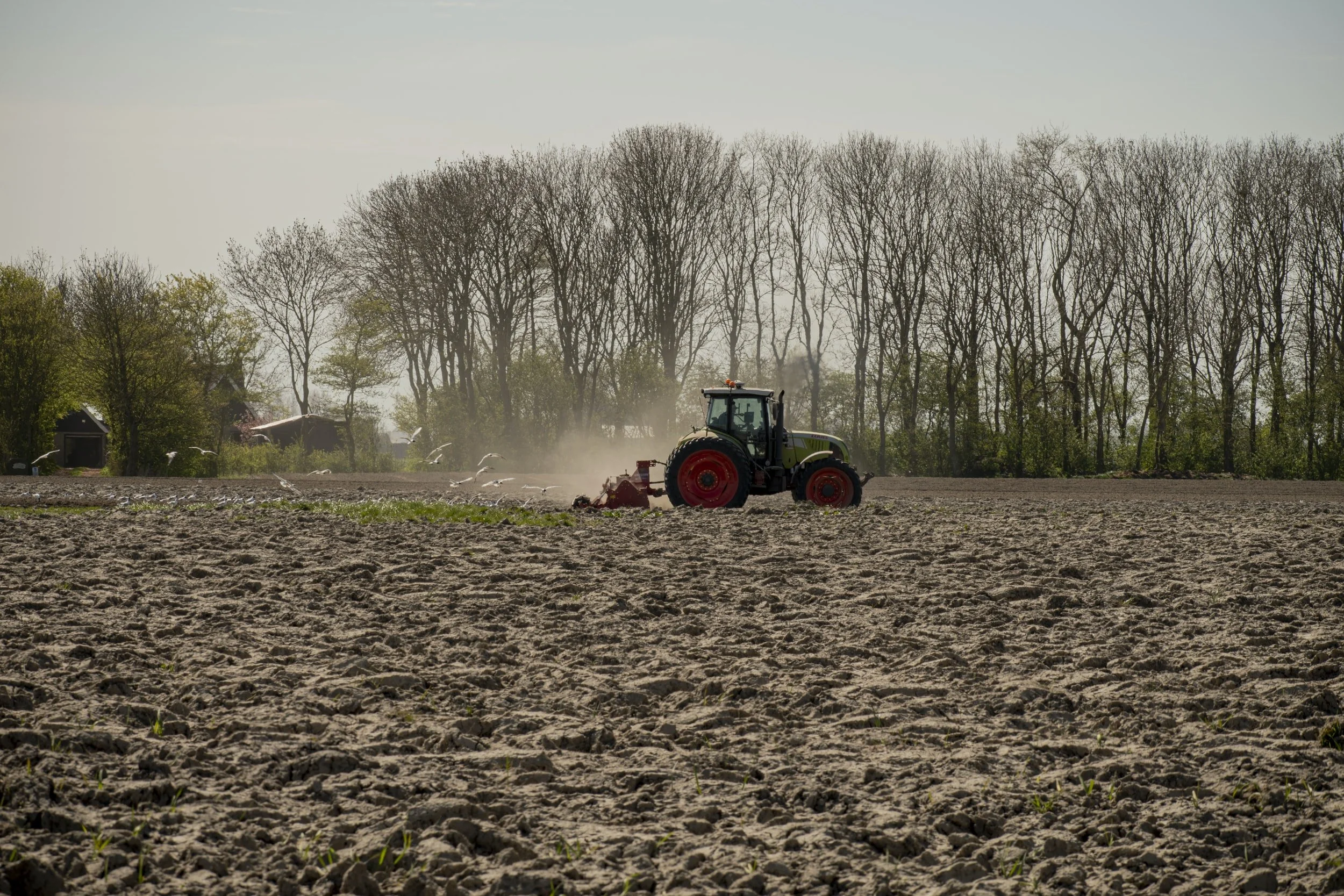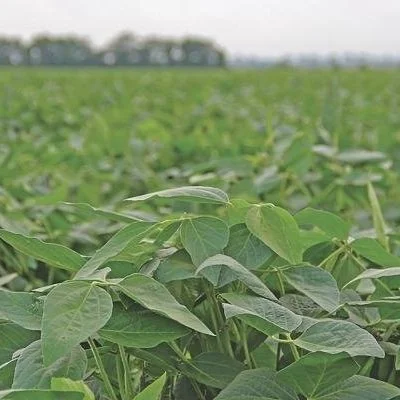Andre Reis was born and reared n the big city of Sao Paulo, Brazil, but at 16, he decided he wanted to go to the countryside and study agriculture. His career path has taken him to many places, the latest being the LSU AgCenter Dean Lee Research and Extension Center near Alexandria.
Read MoreFarmer-leaders of the United Soybean Board (USB) announced a new strategic plan that prioritizes sustainable soy solutions for global and domestic customers while ensuring value and profitability for U.S. soybean farmers. The seating of the new Chair and Executive Committee at its December meeting included appointments of the Supply and Demand Action Team leads, Priority Area coordinators and Communication & Education Committee chair, among other key roles within the organization.
Read MoreThe Tri-State Soybean Forum will return to Mississippi in 2022, organized as an in-person meeting Jan. 7 at the Delta Research and Extension Center in Stoneville, Miss., in the Capps Entrepreneurial Center.
Read MoreThere aren’t many sure things when growing corn and soybeans, but through its Practical Farm Research program, Beck’s has delivered 10 strategies that have a proven track record of payoff for at least three years, at multiple locations.
Read MoreDespite significantly higher fertilizer prices across the globe throughout 2021, global nitrogen fertilizer demand appears to be set to increase in 2022. According to fertilizer analysts, demand destruction does not appear to be on the horizon.
Read MoreBreak-even prices to cover total costs for 2022 are projected at $4.73 per bushel for corn and $11.06 per bushel for soybeans. Compared to historical levels, these break-even prices are very high. While current fall bids are above break-even levels, the high break-even levels present risks in 2022.
Read MoreIn 2020, domestic production of biodiesel alone exceeded 1.8 billion gallons, a hundredfold increase since the biodiesel tax credit was enacted in 2005. Thanks in part to the $1 per gallon tax credit, a new analysis calculates that the economics benefits of the market for biodiesel fuel fostered by the biodiesel tax credit supports 64,000 jobs and has a total impact on the economy of approximately $15 billion per annum.
Read MoreA new report by the Environmental Protection Agency (EPA) released Tuesday shows despite increased restrictions on dicamba, more than 3,500 issues were reported this year with dicamba drifting onto other crops. In total, EPA says more than 1 million acres of non-dicamba tolerant soybeans were reported to be damaged. However, grower groups are asking for more clarity, saying EPA's data may be riddled with gaps.
Read MoreThe LSU AgCenter will hold the Central Region Crops and Cattle Forum on Thursday, Jan. 6, at the State Evacuation Shelter near the LSUA campus in Alexandria.
Read MoreAs airlines work to reduce their carbon footprint, renewable diesel and sustainable aviation fuel are taking flight. Earlier this month, United Airlines successfully completed the first flight running on sustainable aviation fuel (SAF), a 100% renewable fuel made from products such as cooking oil, vegetable oil and even soybean oil.
“This an important and historic moment for global aviation,” said Scott Kirby, CEO of United Airlines, during the flight. “There's simply no battery technology, even theoretical technology, that has enough energy density that you could put enough batteries on the airplane to get an airplane this big with this many people flying this far," he said. "And so what works in a lot of other transportation industries won't work for aviation."
The sustainable aviation fuel used by United was made from sugar and corn instead of soybean oil, and analysts say the jet fuel industry could mean big business for farmers in the years ahead.
Read MoreWith harvest completed in Illinois, post-harvest work is in full swing with farmers applying fertilizer, doing fall tillage and installing tile. Some areas are dry and soil conditions are perfect for the work being done, while in other areas growers are getting stuck trying to work out the ruts created with combines.
Read MoreSoybean cyst nematode continues to rank as the top yield robber of soybeans in the U.S. and Canada and it’s showing no signs of stopping. Since 2017 SCN has continued to move into new areas, and, according to experts is becoming harder to control.
Read MoreU.S. Soy set a new record for exporting more product in more international markets than ever before, the United Soybean Board, U.S. Soybean Export Council and American Soybean Association announced today. During the 20/21 market year, a record 61.65 MMT of whole soybeans shipped to markets across the globe, at a value of over $28B in revenue for the U.S. Soy industry. The volume boost is the result of strategic efforts to diversify international markets and distribute more U.S. Soy globally.
Read MoreTo ensure continued and reliable delivery of U.S. soybean exports to customers around the world, the soybean checkoff plans to fund pre-engineering and design work to enhance and maintain Lock and Dam #25 on the Upper Mississippi River — a U.S. infrastructure asset critical for efficient barge traffic.
Read MoreIn areas of Louisiana where rice and soybean rotations are common, aerial blight of soybean (Figure 1) is a major problem. The fungal pathogen Rhizoctonia solani also causes sheath blight of rice (Figure 2). Since the late 1990s, strobilurin fungicides, which are known as Qol fungicides, have been used extensively in rice and soybean production to combat many foliar diseases. During the 2010s, field failures using these materials to manage aerial blight and sheath blight began to occur, particularly in the southwest portion of the state where 70%-75% of Louisiana rice is produced.
Read More


